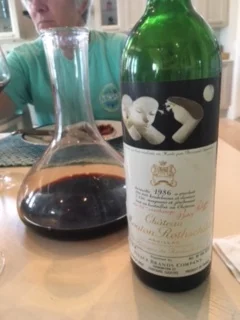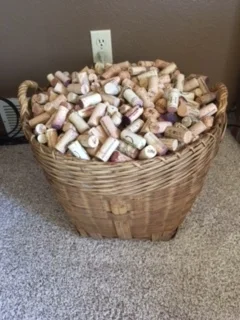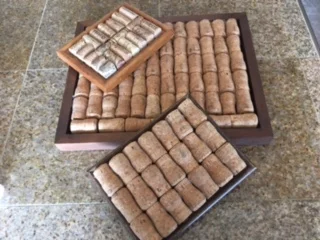I'm sorry that I haven't posted in more than a week. My business was rudely interrupted by Hurricane Irma, which blew through my hometown of Naples and shut down my internet service for 9 days.
The absence of access to the outside world gave me plenty of time to think, especially about my wine cellar that was perilously close to a total collapse. With the hurricane's eye bearing down on Naples, I sacrificed a 1986 Mouton-Rothschild on the eve of the storm because frankly I wasn't sure I'd ever see my wine again. It was given to me by my wife on Valentine's Day, 1988, and was symbolic of a rite we shared every Valentine's Day -- I made a romantic dinner and she bought me a nice bottle of wine. It cost $80 then; it was worth $900 today. And, it scored 100 by Robert Parker and James Suckling. It was damn good.
My wife, mother-in-law and I were forced into a shelter when the threat of a storm surge was too ominous to safely ignore. When forecasters predicted a 10 foot surge, we expected to return to our house by boat. I paid last respects to my wine collection and left.
The surge didn't happen and I found minor damage to the house when we returned. Fortunately, the wine cellar was just as I had left it -- best bottles at the top and sacrificial bottles at the bottom. Unfortunately, we were without power and no power meant rising temperatures in the cellar. My fight wasn't over.
The well-sealed cellar held its temperature for a couple of days and only slowly declined. But by the fourth day, the temperature was 79 degrees. I was beginning to imagine corks easing their way out of the bottlenecks.
Two buddies from Maryland drove straight through with a generator and gear to hot wire my cellar to the electric panel -- the inside unit could be plugged into a generator but the outside unit was hot wired. Just as they rolled up, the power returned and my collection was saved.
Prior to the storm, I was studying generators and had selected one to install in February when my electrician buddy would be visiting for a week. So, my intentions were good --just not well timed.
Those of you with collections should take heed of this advice: don't delay. Generators are hard to get at short notice and they are important even if you don't live in a hurricane-prone state. Power can be interrupted by snowstorms, mud slides, tornadoes, high wind or just some fruitcake cutting a cable. My generator will power the cellar, a few lights, the refrigerator, TV and a bit more. It cost me $1,100.
I shudder when I think of the wines I could have lost. There is the financial loss (uninsured), but equally important the emotional loss. Each of these bottles have made several journeys with me and have stories behind them. They are my children.












